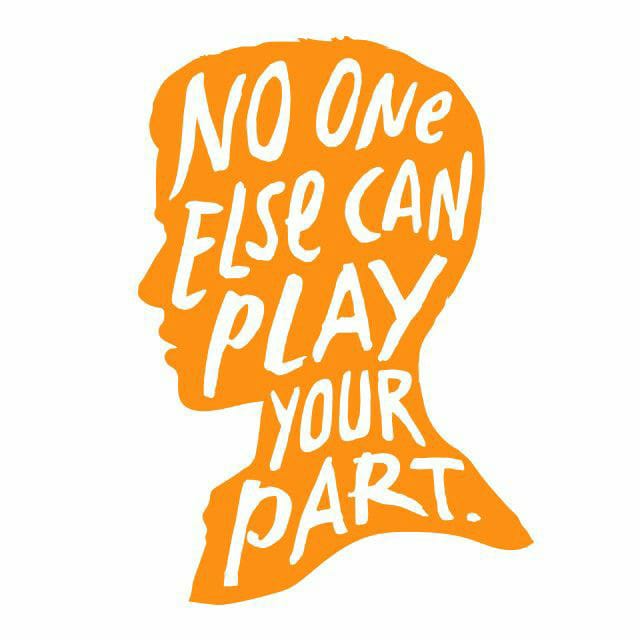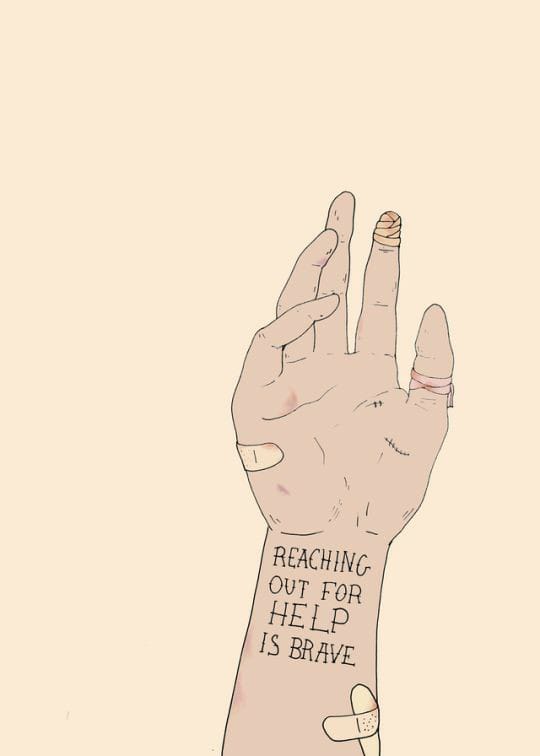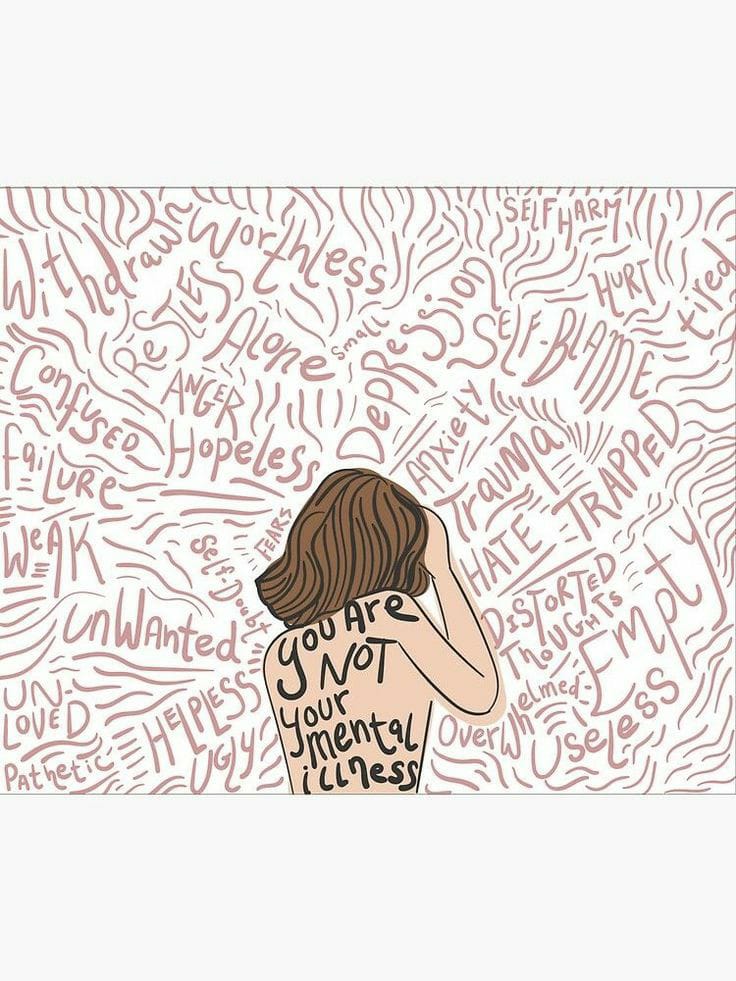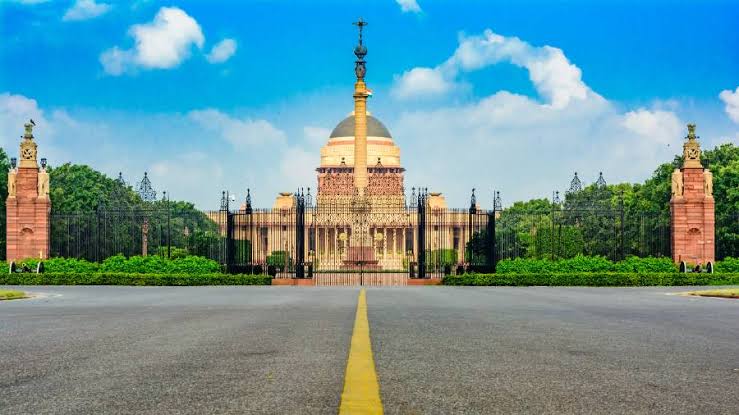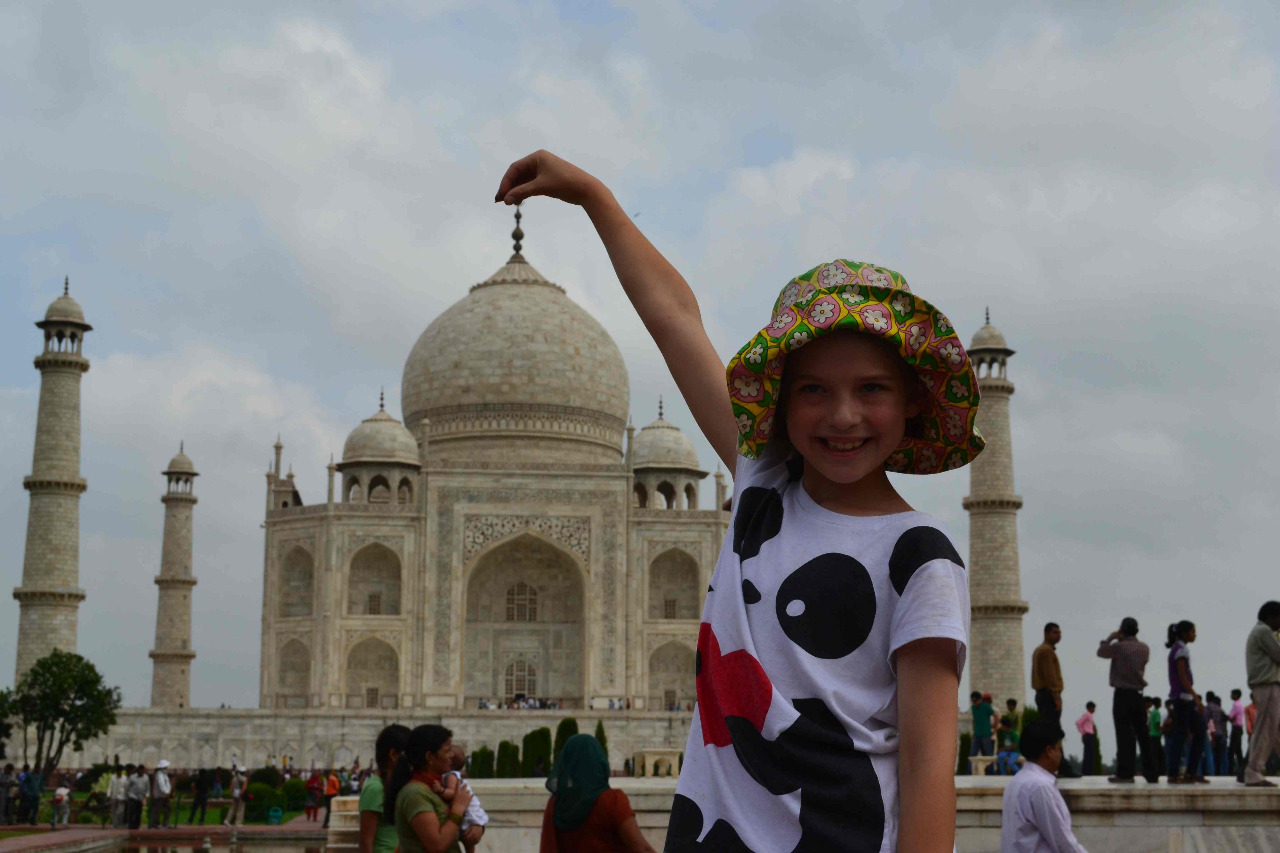By ~ Gaurpriya Singh Roy
All capacities of the 7 oceans together wouldn’t be good enough to fit in our gratitude and indebtedness towards the Indian Armed forces. As a whole their greatness, pride, and impeccability are depicted in The Soldiers on Foot, I would be delighted to elucidate with you about the profound infantry regiment of the Indian Army, One of the largest in the world also anointed as the “Queen of the Battle”. The infantry is the Indian Army’s backbone.
Infantry Day is ascertained in India to commemorate the first military event of Independent India, when the first battalion of the Indian Army’s Sikh regiment fought a battle to defeat the Pakistan Army’s first attack on Indian soil on October 27, 1947, in Kashmir valley, in an attempt to seize Jammu and Kashmir.
They were part of the team defending Indian territory against Pakistani invaders advancing on Srinagar. Infantry Day 2022 honors the bravery and valor of the Indian soldiers who took part in the difficult mission.
During wars, infantry soldiers bear the main brunt of the damage. These men possess the traits like belligerence, physical fitness, and rigor. With the passage of time, the Indian Army’s infantry units have been modernized, equipped, and trained to rank among the best in the world.
Bill Mauldin once said, “The surest way to become a pacifist is to join the infantry.” And I think it is justified after the rash decisions the Government exerted during such critical times of 1947, let it be influential political leaders approaching the UN when India was already on the lines defending its land or let it be the delayed sending of the soldiers to the battlefield or be it declaring cease-fire even when Pakistan disagreed that his soldiers were at line Says the Himalayan blunders an extremely controversial war memoir penned by Brigadier John Dalvi. This book also explains why a Referendum was not Necessary after the Weapons were already taken, even after such missteps
The infantry regime remained fearless and followed orders courteously in 1947, The Sikh regiment’s first battalion landed at the Srinagar airbase. They demonstrated extraordinary courage and strength in thwarting the Pakistan Army’s invasion of Kashmir with the help of tribals. During the first India-Pak war, the Douglas DC-3, also known as the Dakota, transported troops from the Army’s 1 Sikh Regiment to Srinagar, as well as supplies and refugees. This regiment served as a border guard for the Indians. Thus, Infantry Day commemorates the first military event in India.
To vaguely narrate the night of the 26th; Initially, it was decided to send a brigade-level force. However, because the road from Pathankot to Srinagar was in poor condition, the Sikh regiment was flown in by Dakota aircraft. The road was then followed by the brigade-level troop. Around seven Dakota planes were built. Only two of these seven were from the Indian Air Force. The remainder came from private airlines. This included Biju Patnaik’s aircraft (former chief minister of Odisha). The troops were assembled in the middle of the night and airlifted at dawn. Everything was planned in a single night.
At this point, it is not even surprising how flawlessly trained and skilled our Jawans are, appreciating, acknowledging, and admiring their sacrifices and bravery is the only sinch thing we can do; soldiers like Capt Vikram Batra PVC (9 September 1974 – 7 July 1999) late officer of the Indian Army, posthumously awarded with the Param Vir Chakra.
Lieutenant Colonel Dewan Ranjit Rai, commanding the 1st battalion of Sikh Regiment in Gurgaon wherein his role was making arrangements for the refugees, was given the nation’s second highest gallantry award, “Maha Vir Chakra” for his outstanding leadership, fighting spirit, and supreme sacrifice. He became independent India’s first officer to receive the Maha Vir Chakra, he was also called the first shed in independent India.
They forever live among us, and we to date celebrate them through their heart-whelming phrases like “Either I will come back after hoisting the Tricolor, or I will come back wrapped in it. But I’ll be back for sure”
~ Captain Vikram Batra.
“Ye dil maange more”~ Capt. Vikram Batra.
Well-known media platforms as such The all India Radio news also celebrated by tweeting :
The 76th Infantry Day is being celebrated today. It was on this day in 1947 that Infantrymen from #IndianArmy, led by 1 SIKH, landed at Srinagar Airfield and saved J&K from a ruthless and treacherous Pakistani invasion.#infantryday
Respect and pay tribute to the valiant Indian infantry soldiers who fought and were martyred to save the nation and its people during the Pakistan Army’s invasion of Kashmir during the period of independence. This year marks the 76th Infantry Day for the Indian Army and we humbly and truly honor them very mundanely through this glorious day.


